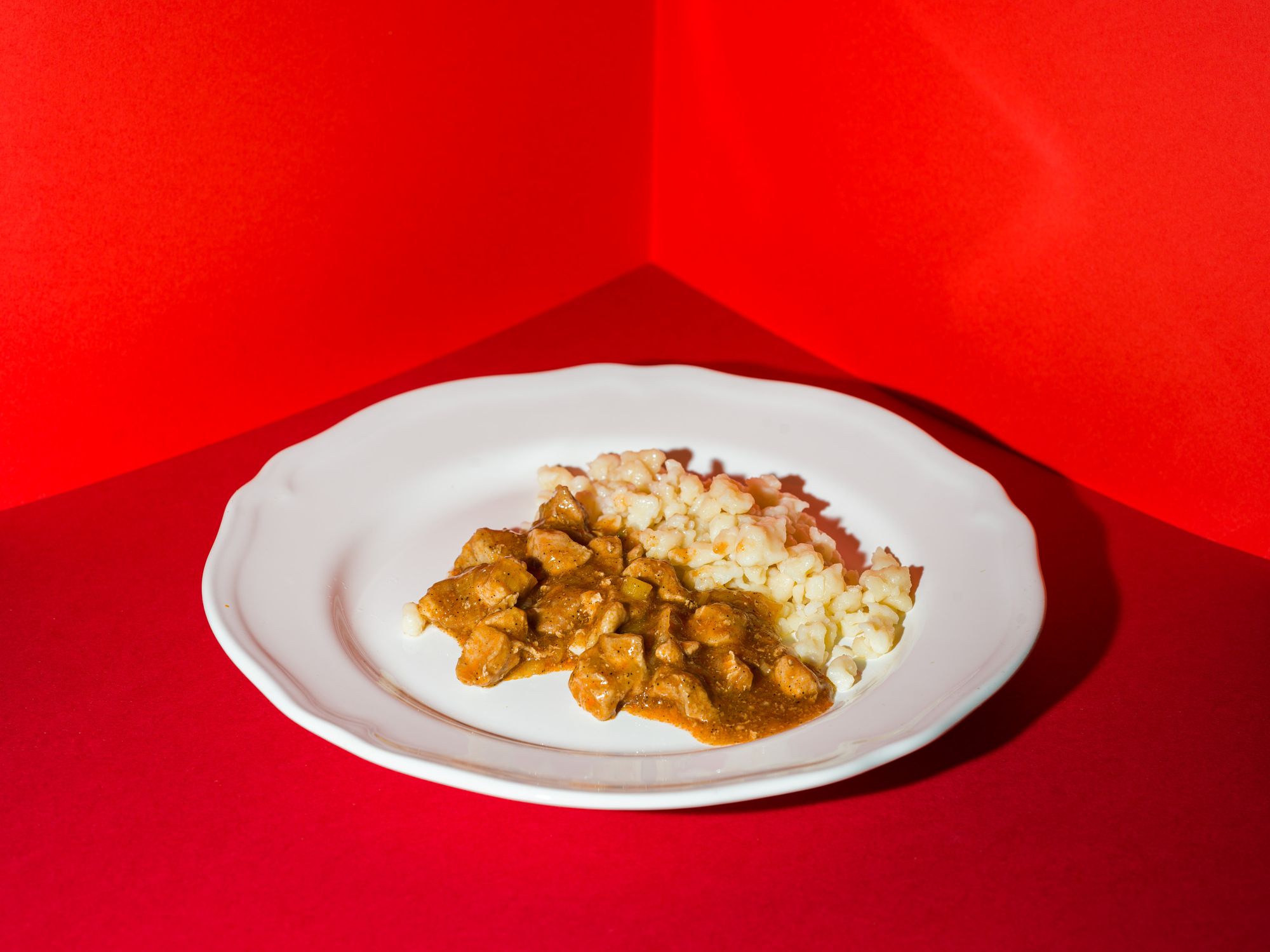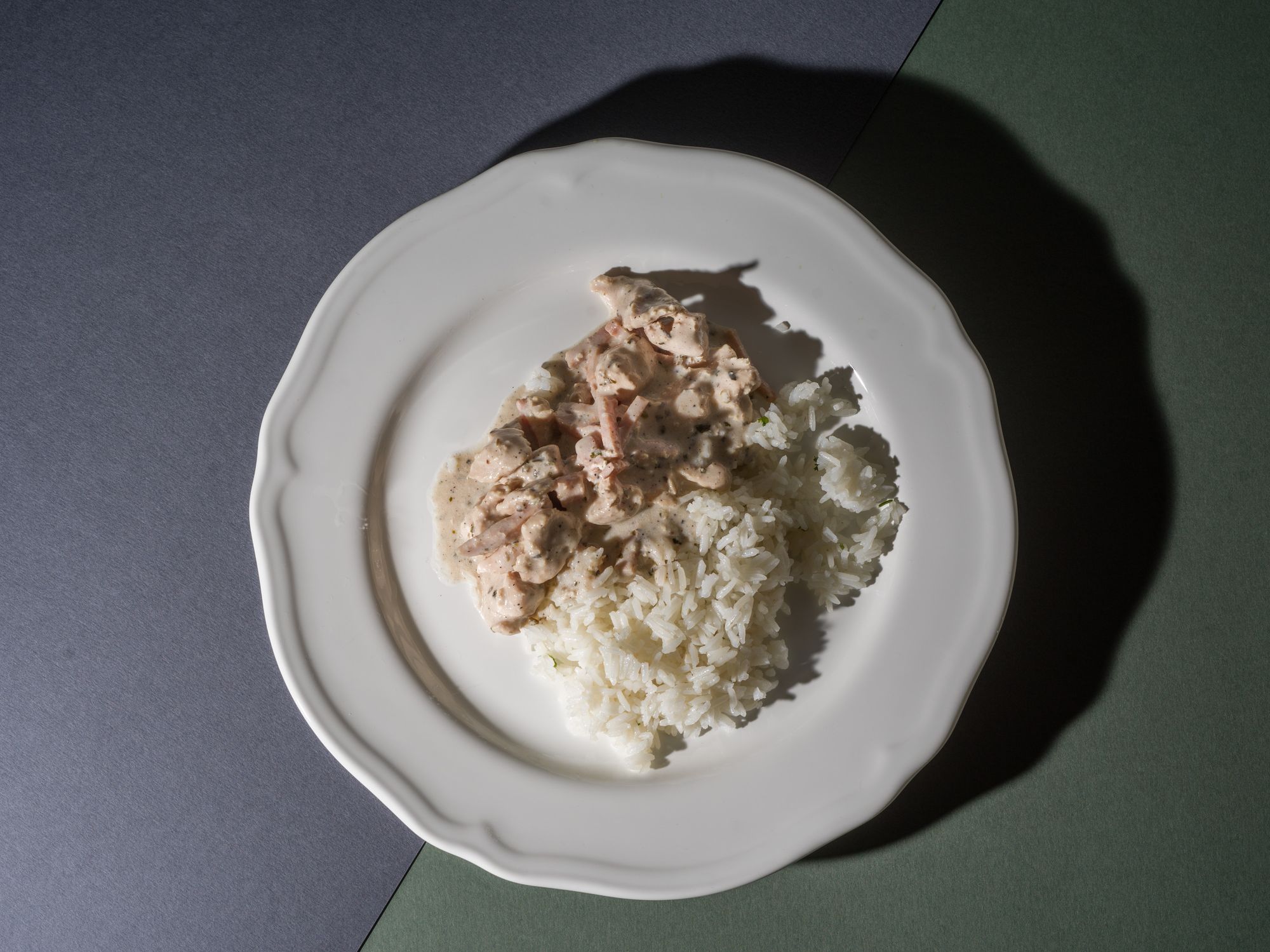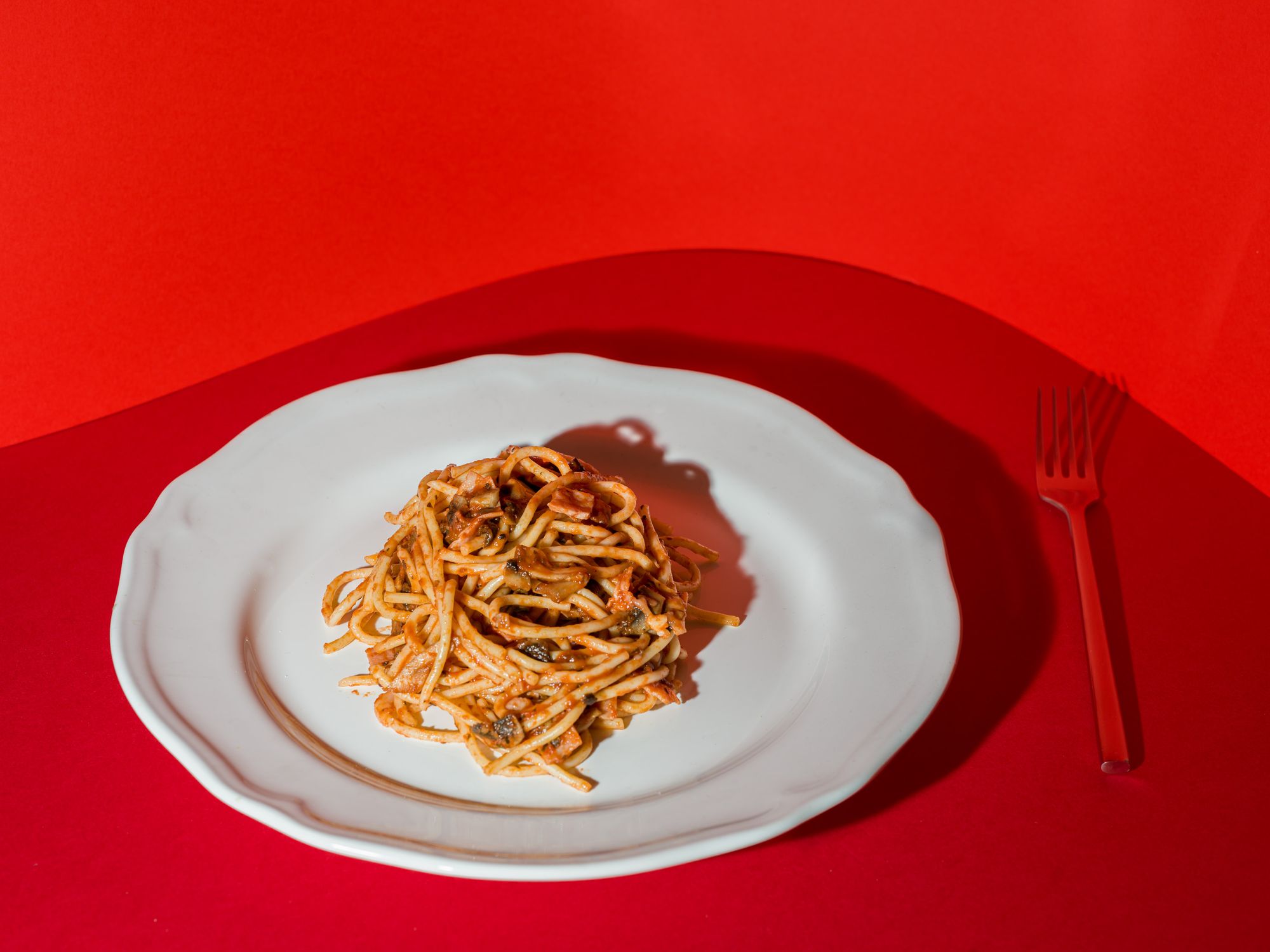In this changing weather, we may want something more substantial, something more filling, something that warms us from the inside out. Let’s face it, the cream soups and vegetable stews we’ve already written about are in their infancy behind the Hungarian gastronomic champions: introducing stew and tokány!
If you think back to summers in the countryside, village festivals, camping trips, or just a family gathering—occasions when you had to feed a lot of people relatively simply—you can picture a bogrács (an outside fire cooking pot made of metal—the Transl.), either with goulash or stew. Onions and meat with a red pepper base—the key to success was the juiciness and crumbliness of the meat. Serving could be with plain white bread or boiled/fried potatoes, perhaps a pickled cucumber (even freshly pickled) was needed for perfection, nothing else. There was no room on the plate for salad or lighter side dishes, these moments were not about a healthy diet.

The history of stews dates back to the 18th century with the cattle dealers when red pepper became widespread, but it quickly rose from the level of peasant food to become part of the festive feast. The name comes from the fact that the diced meat (which could be beef, pork or poultry, or even game) was roasted and then the pepper was added so that the dish could be fried in its own fat. In comparison, paprikash is made in a thick broth, with a flour and sour cream mixture at the end, so the result is much creamier and saucier.

Part of this is also the tokány, which is a ragout of meat mixed with pepper, mushrooms, smoked bacon, and sour cream. The ‘tokány’ method of cooking dates back to the times of the migrating Hungarian tribes, when meat cut into strips was dried and then, when they temporarily settled somewhere, cooked with ground grains and water. It traditionally does not contain red pepper, so it may have older roots, but it really spread to Hungary through the Transylvanian Hungarians. Later, thanks to public taste, a version optimized for cooking soon became common. Because, of course, we went from the bogrács to the pots in the canteens to have the same favorites on their lunch menus as at home. There is no need to search for a perfect recipe since in the 20th century there were already many variations of each dish, and even meatless types (e.g. made from mushrooms) appeared in the case of stews. As a side dish, Hungarian dumplings with egg, pasta, rice and peas, or even rice with corn, were all on the counter, making for a truly filling and comforting experience, whatever you chose.


In the meantime, the world cuisine has slowly crept in. In addition to retro recipes such as the ones mentioned above or the hunter’s stew, first the spaghetti Bolognese and then the macaroni Milanese appeared, much to children’s delight. The American soldiers who sought out these flavors after their adventures in Italy were ‘to blame’ for the Bolognese dish, but at home, instead of the classic tagliatelle (perfect for ragouts and pestos), they cooked spaghetti pasta, which is impractical because the sauce slides off, but at least you can eat it with a spoon or fork for a little extra pleasure. These dishes are anything but original: if someone from Milan were to find out what recipe was used to mention their hometown, they might well start a violent protest. Mixed with ham, mushrooms, tomato sauce, and lots of grated cheese, macaroni pasta is not like any authentic recipe, but it’s cheap and if you add a little ketchup, it’s sure to be devoured easily.
Photos: László Sebestyén

From monastery to boutique hotel

Fragments of memories made whole again | Eszter Ferencz, porcelain conservator










